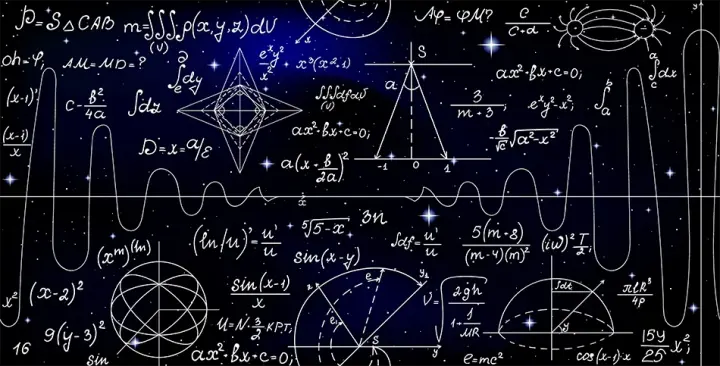Thermodynamics and Software Development: Wrangling Entropy and Order in Code

In the wild world of software development, just like in thermodynamics, entropy is always lurking. Understanding these scientific principles can give us some insights into taming and improving our codebases.
Let’s throw on our lab coats and dive into how the laws of thermodynamics can jazz up our approach to software development! 🧪
The First Law of Thermodynamics: Conserving Effort and Resources
The first law of thermodynamics, aka the law of energy conservation, tells us that energy can’t be created or destroyed in an isolated system—it just changes forms.
Conserving Effort in Software Development
Think of energy as all the effort and resources we pour into building and keeping our code in shape.
Managing Conservation
To make the most of our efforts, try these practices:
Effort Redistribution:
A certain amount of efforts spent on maintenance and improving remains the same. So automate those boring, repetitive tasks like testing and deployment to free up developer time for the cool, creative stuff.
Technical Debt Management:
Regularly tackle technical debt. Ignoring it might save effort now but will cost way more in the long run.
Knowledge Sharing:
Spread the wisdom across the team with code reviews, pair programming, and solid documentation. This ensures no one person is a single point of failure and keeps things running smoothly.
The Second Law of Thermodynamics: Embracing Entropy
The second law of thermodynamics tells us that entropy (or disorder) in a system only increases over time. In simpler terms, things naturally get messier (sound familiar?). Plus, heat doesn’t move on its own from a cold body to a warm one.
Entropy in Software Development
Entropy in our coding world is that creeping complexity and disorder in a codebase. As we pile on new features, fix bugs, and refactor, things tend to get more complicated. Without a plan to handle this mess, the codebase can become a nightmare to understand, maintain, and expand.
Managing Entropy
Here’s how to keep the chaos in check:
Regular Refactoring:
Regularly tidy up and improve your code structure. Refactoring cuts down complexity and boosts readability, making the code easier to manage.
Code Reviews:
Conduct thorough code reviews to make sure new changes stick to established standards and best practices. This helps keep unnecessary complexity at bay.
Automated Testing:
Use automated tests to catch regressions and make sure changes don’t cause new issues. Tests act like a safety net, maintaining order in the codebase.
Documentation:
Keep clear and up-to-date documentation. Good docs help developers grasp the system’s design, reducing the mental load when dealing with complex code.
Given the second law of thermodynamics, you need to spend resources to fight the natural mess. If you let things slide, your software will turn into an unmanageable beast.
The Third Law of Thermodynamics: Approaching Order
The third law of thermodynamics says that as a system’s temperature drops to absolute zero, its entropy (disorder) hits a low, stable point. For most systems, this means they become super ordered.
Absolute Zero in Software
In our coding universe, absolute zero is like reaching peak stability and minimal complexity. While hitting absolute zero is impossible, aiming for minimal entropy is a worthy goal. This means striving for simplicity, clarity, and efficiency in our code.
Striving for Minimal Entropy
To get closer to this ideal state, try these strategies:
Simplicity:
Keep it simple, stupid! Simple code is easier to understand, test, and maintain.
Trimming:
If code isn’t needed anymore, chop it out. Don’t just comment it out—remove it entirely. Version control makes this easy, so aggressively cut out unused features, functions, or parameters. Unused code just adds to the mess.
Modularity:
Design systems to be modular, where components are loosely connected and highly cohesive. This reduces overall complexity and makes changes easier to manage.
Consistency:
Stick to consistent coding styles, naming conventions, and architectural patterns. Consistency cuts down the mental overhead needed to work with the codebase.
Continuous Improvement:
Always look for ways to improve. Regularly assess and refine your processes, tools, and techniques to strive toward minimal entropy.
Conclusion
By understanding and applying the principles of thermodynamics to software development, we can better handle the natural complexity and entropy in our systems. Embracing practices that cut down complexity and boost order helps create more maintainable, efficient, and robust software. Just like in thermodynamics, acknowledging and managing entropy is key to achieving long-term stability and success in software development.
Acknowledgement
This topic came to life after reading “Explaining Humans” by Dr. Camilla Pang. She draws parallels between human behavior and the laws of thermodynamics. While reading it, I started seeing those connections with software development too. If you’re into (popular) science books or curious about human behavior, I highly recommend this book!